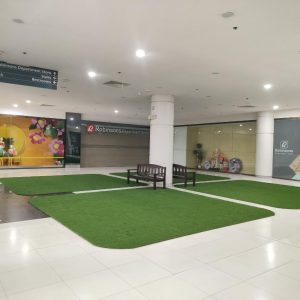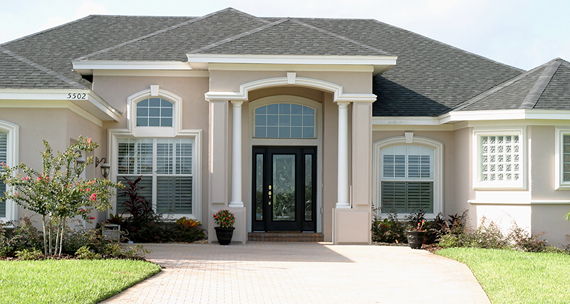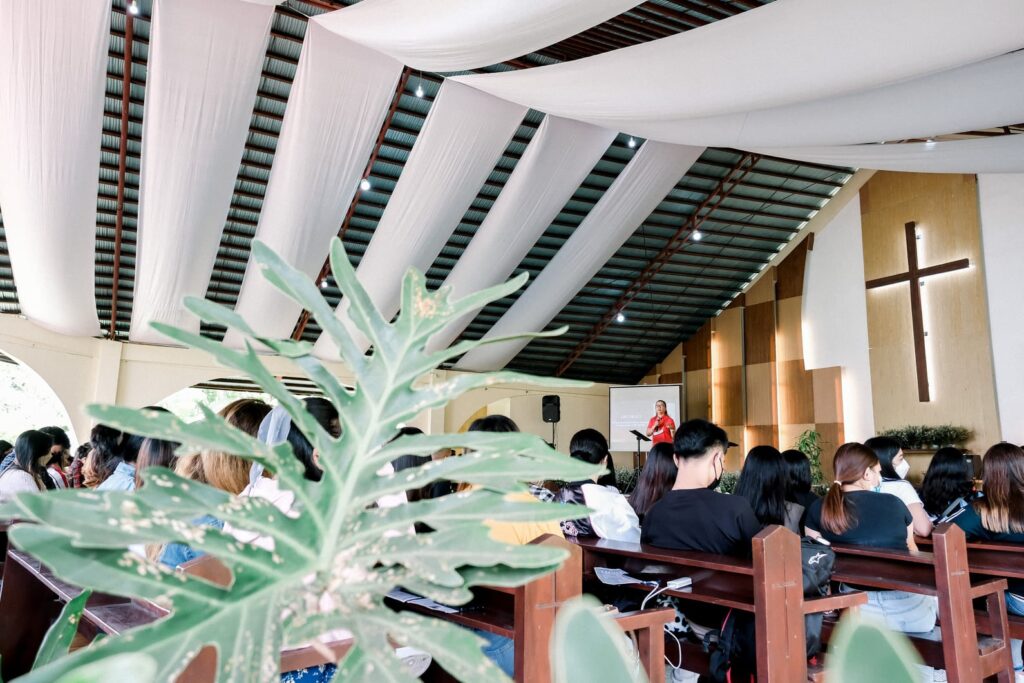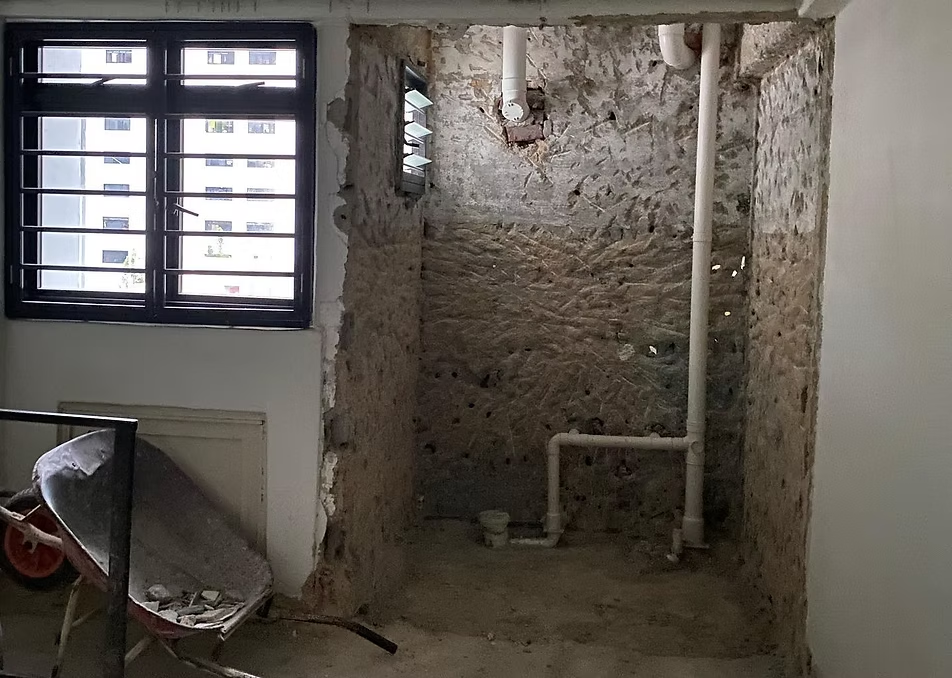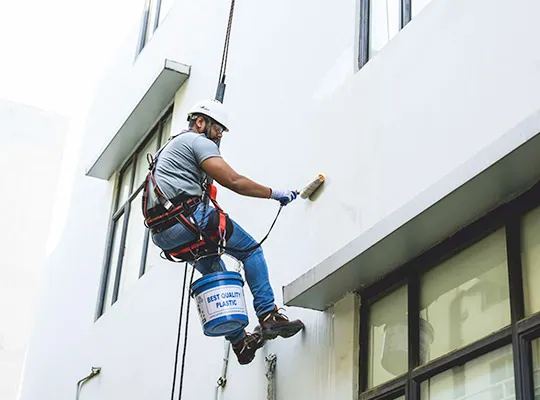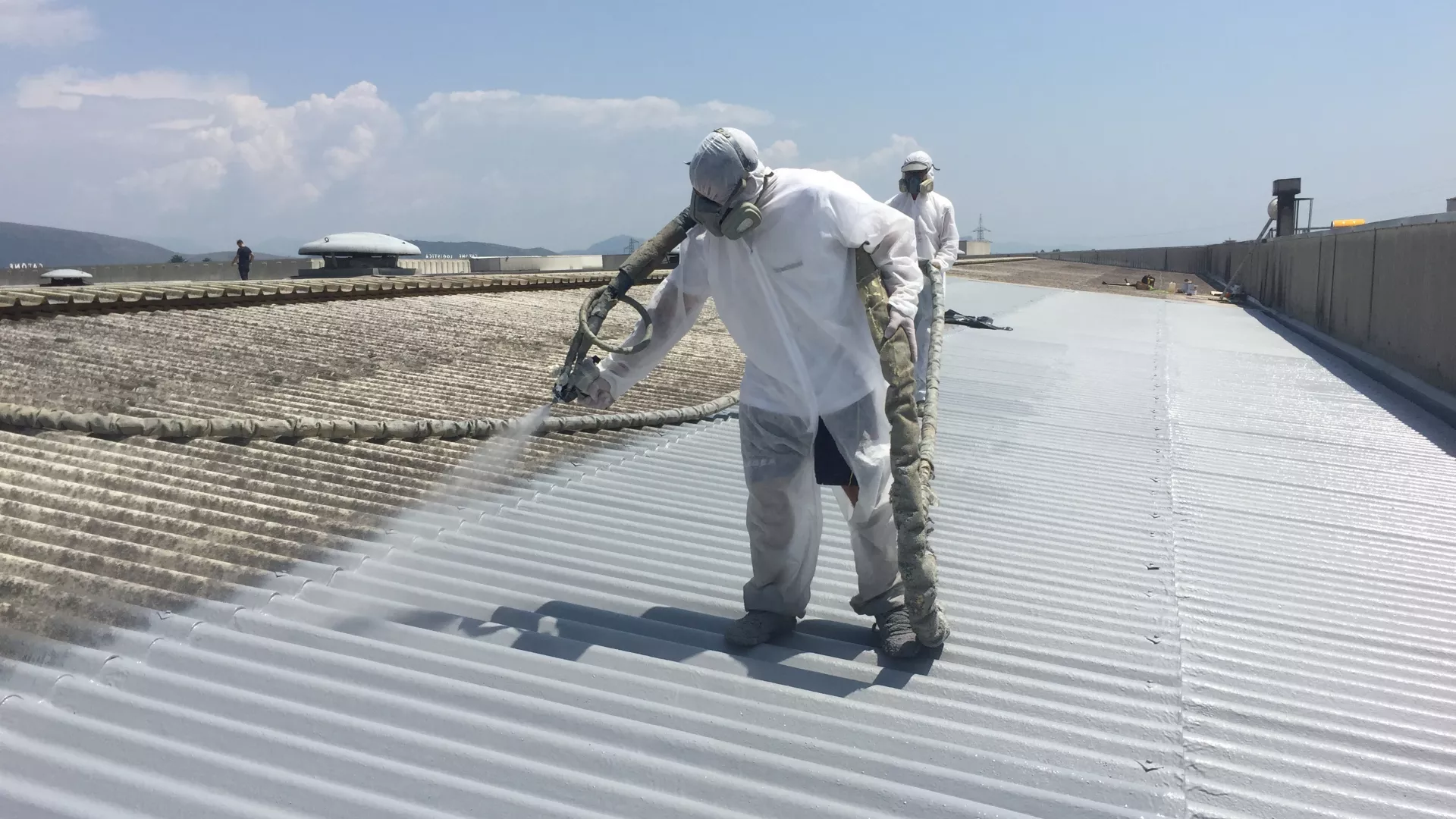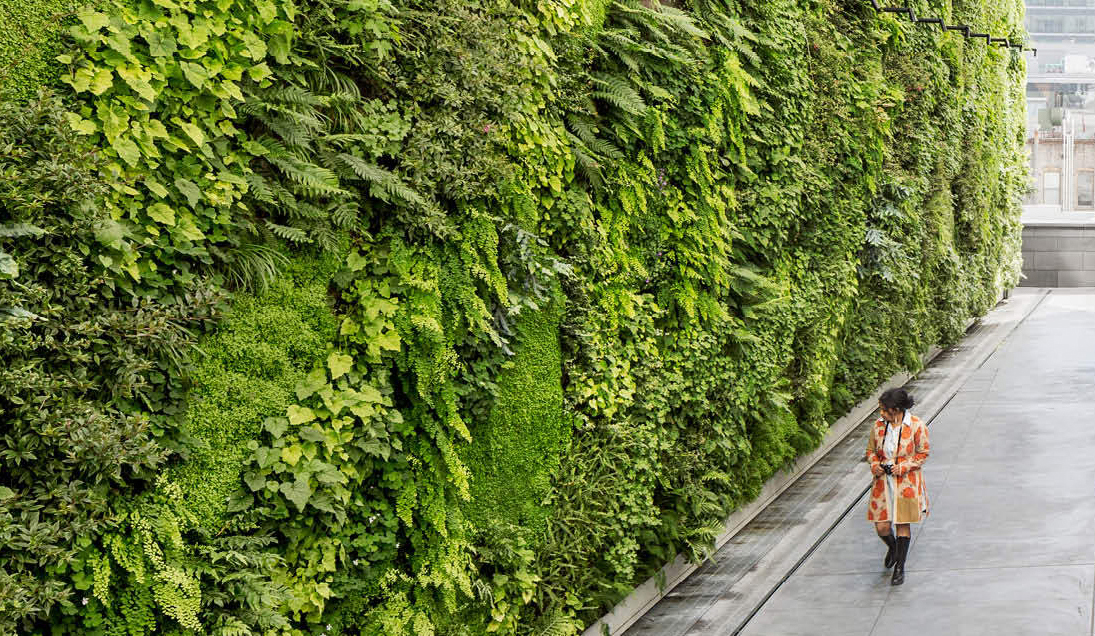In recent years, there has been a noticeable shift in gardening trends in the Philippines. More and more people are opting for fake plants as a sustainable alternative to natural greenery. This growing popularity is not just a passing fad but a reflection of a broader movement towards eco-conscious living. In this blog post, we’ll explore the rise of fake plants in the Philippines and why they are becoming a preferred choice for environmentally-conscious individuals.
The Environmental Impact of Natural Greenery
Traditional gardening practices often come with a significant environmental cost. From deforestation to excessive water usage and the use of chemical pesticides, the impact of maintaining natural greenery can be detrimental to the environment. In a country like the Philippines, where biodiversity is rich but also vulnerable, it’s crucial to explore sustainable alternatives.
The Benefits of Fake Plants
Fake plants offer several advantages over their natural counterparts. Firstly, they require minimal maintenance, eliminating the need for regular watering and pruning. This not only saves time but also conserves water, a precious resource in many parts of the Philippines. Additionally, fake plants do not require pesticides or fertilizers, reducing chemical pollution in the environment.
Sustainability and Longevity
One of the most significant advantages of fake plants is their longevity. Unlike natural plants that require constant care and may perish due to environmental factors, fake plants can last for years with minimal upkeep. Furthermore, fake plants can be reused and recycled, making them a sustainable choice for eco-conscious consumers.
Aesthetics and Health Benefits
Beyond their environmental benefits, fake plants also offer aesthetic and health benefits. They can enhance indoor and outdoor spaces, adding a touch of greenery to urban environments where space is limited. Moreover, research has shown that exposure to greenery, even if artificial, can have positive effects on mental health, reducing stress and improving overall well-being.
Addressing Common Misconceptions
Despite their advantages, fake plants often face criticism for being “unnatural” or environmentally harmful. However, it’s essential to address these misconceptions. Fake plants today are made from high-quality materials that closely mimic the appearance and texture of real plants. Additionally, by reducing the demand for natural plants, fake plants can help protect endangered species and preserve natural habitats.
Takeaway
The rise of fake plants in the Philippines represents a shift towards more sustainable and eco-friendly gardening practices. By opting for fake plants, individuals can reduce their environmental footprint while still enjoying the beauty of greenery in their homes and communities. As we continue to prioritize sustainability, fake plants offer a viable alternative to traditional gardening, paving the way for a greener and healthier future.
Ready to transform your space with high-quality fake plants? Trust Inno + Motiff Corporation Philippines for expert advice and top-notch service in fake plants Philippines.

